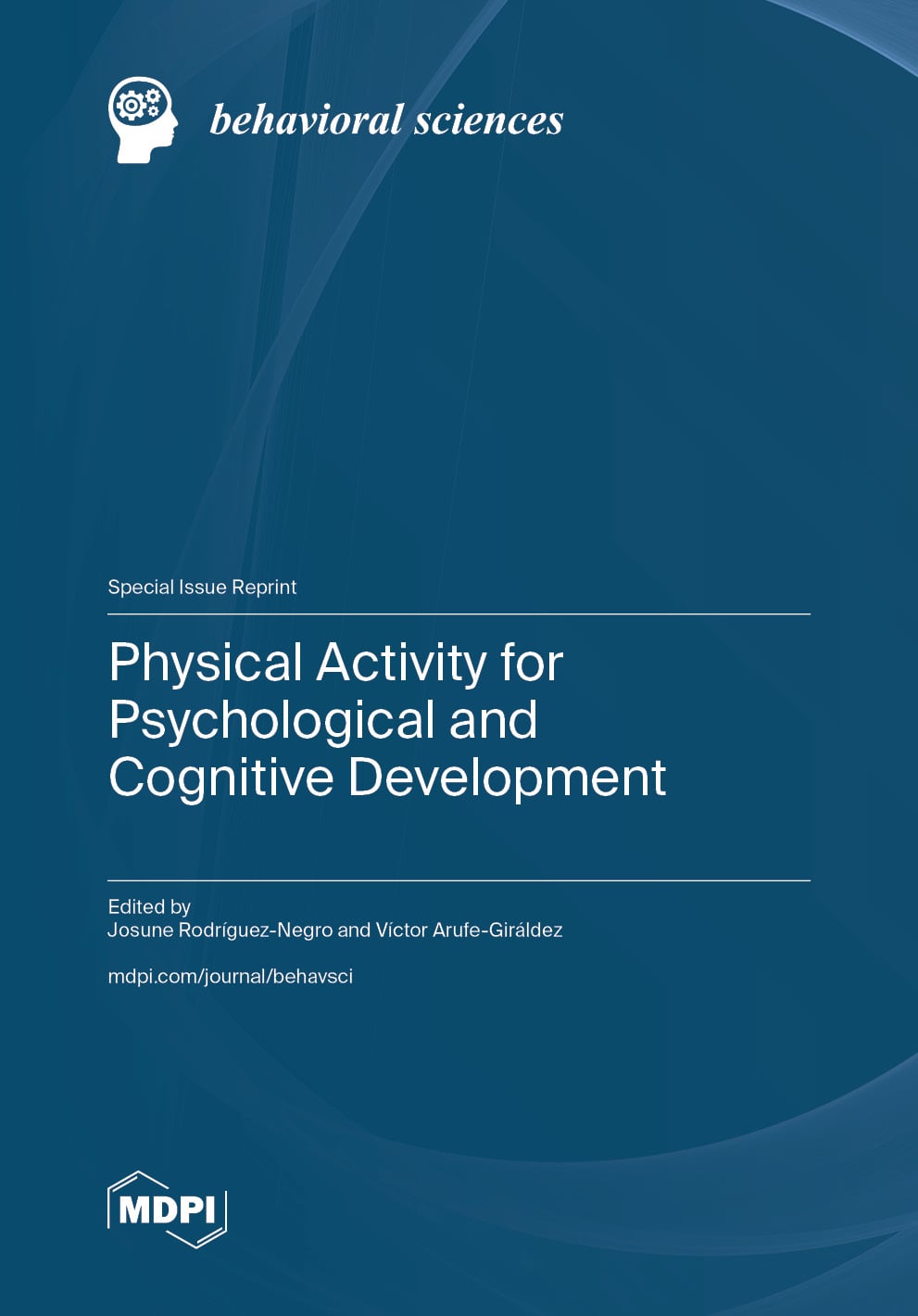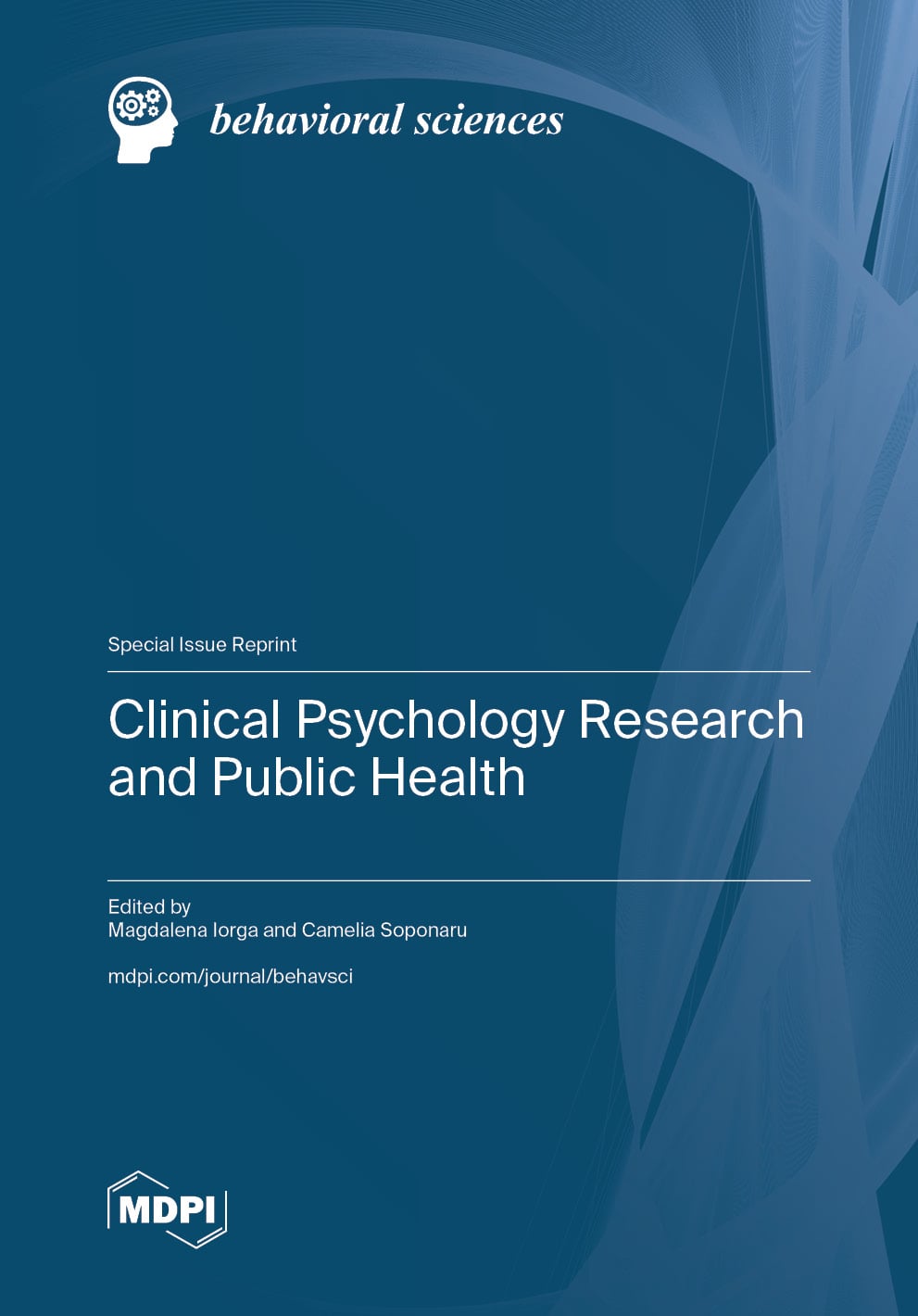- Article
A One-Year Longitudinal Study Examining the Direct and Indirect Effects of AI Dependence on Work Engagement and Gender Differences
- Jiani Wen,
- Yuju Lei and
- Qingqi Liu
As artificial intelligence (AI) products become increasingly integrated into daily life, AI dependence has gained significant public and scholarly attention. While existing research has primarily examined its impact on students, few studies have investigated its association with employee career development, particularly work engagement. Our one-year longitudinal study involving 1108 employees aged 21–60 examined the long-term effect of AI dependence on work engagement, incorporating work self-efficacy as a mediator and gender as a moderator. Using three-wave survey data, we found that AI dependence at Time 1 (T1) directly predicted work engagement at Time 3 (T3), and also exerted a significant indirect effect through work self-efficacy at Time 2 (T2). While the mediating effect of T2 work self-efficacy showed no gender differences, the direct effect of T1 AI dependence on T3 work engagement was significantly stronger among male employees. These findings systematically address questions regarding the long-term, mediated, and gender-differentiated effects of AI dependence. They provide important warnings regarding AI dependence prevention and deliver practical implications for maintaining and enhancing employee self-efficacy and engagement in the AI era.
24 December 2025



